Views: 0 Author: Site Editor Publish Time: 2025-03-12 Origin: Site








Climbing frames (also called climbing scaffolds or attached lifting scaffolds) are external scaffolding systems used in high-rise building construction that can climb floor by floor as the floors rise. Its working principle mainly relies on hydraulic systems, electric systems or manual operation, and achieves overall or segmented climbing through guide rails and lifting devices fixed to the building structure. The following is a detailed introduction to the working principle and key components of the climbing frame:
一、 Working principle of climbing frames
The core principle of the climbing frame is to move the scaffolding upward as a whole or in segments through a lifting device, so that it always remains at a certain height above the construction floor, so as to provide an operating platform and safety protection for the construction.
Workflow:
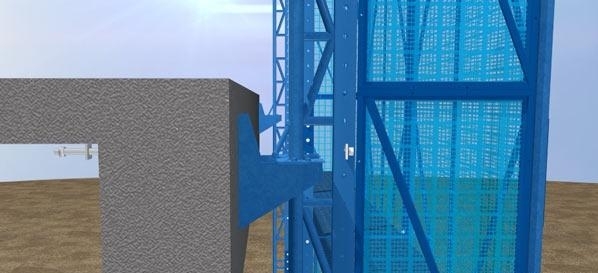
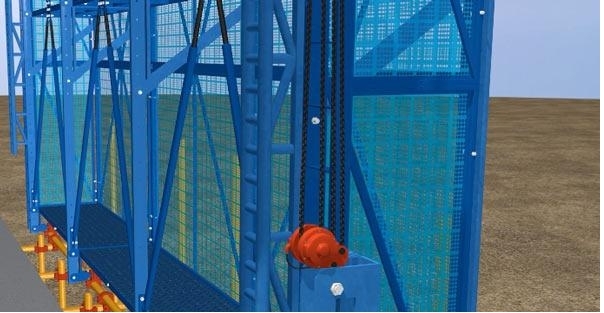
1. Installation and fixation:
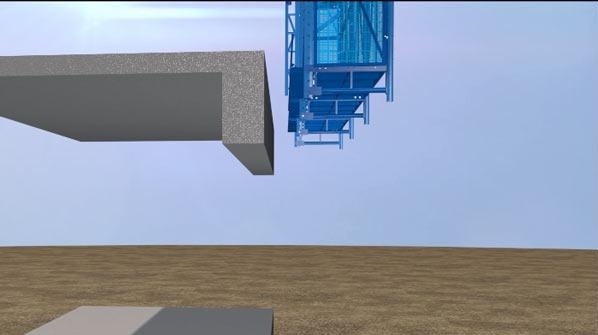
The climbing frame system is installed on the outside of the building structure and fixed to the main structure of the building through embedded parts or attached supports.
The guide rail (or guide frame) is vertically installed on the exterior wall of the building as a track for the lifting of the climbing frame.
2. Lifting device operation:
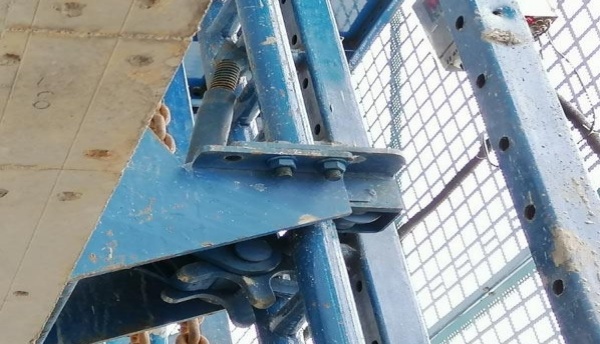
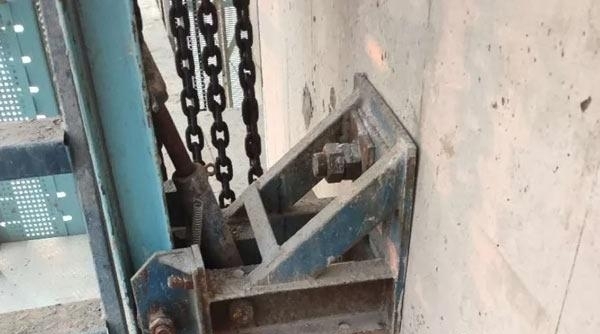
The lifting device (such as a hydraulic jack, electric hoist or manual hoist) is fixed on the guide rail and connected to the scaffolding frame.
The scaffolding climbs up the guide rail layer by layer with the power of the lifting device.
3. Climbing process:
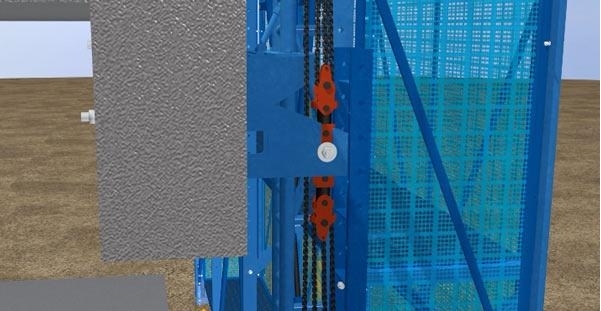
During climbing, the scaffolding is temporarily separated from the building structure and moves upward with the help of the lifting device.
After climbing to the right position, the scaffolding is re-fixed to the building structure to ensure stability.
4. Cyclic operation:
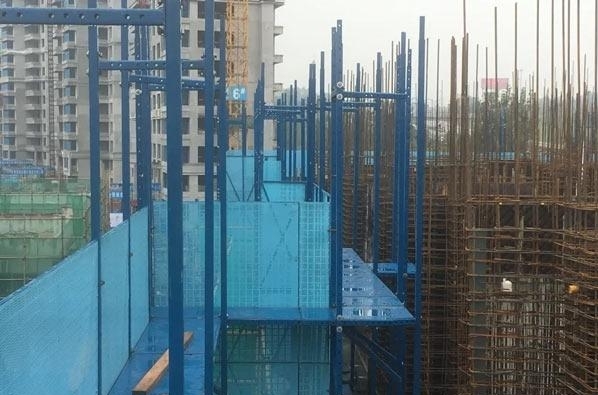
After each floor is completed, the climbing frame climbs once until the building is capped.
After the construction is completed, the climbing frame can be lowered layer by layer or removed as a whole.
二、 Key components of the climbing frame
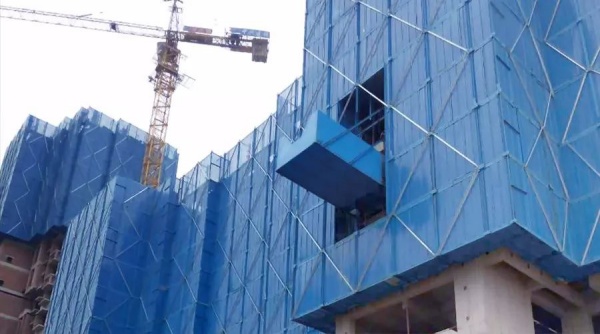
The climbing frame system usually consists of the following main parts:
(1) Frame structure
It consists of vertical poles, horizontal poles, diagonal poles and scaffolding boards to form a stable operating platform.
The frame height usually covers 4-5 floors to meet construction needs.
(2) Guide rail (guide frame)
Fixed vertically on the outer wall of the building, providing a climbing track for the climbing frame.
The guide rail is connected to the main structure of the building through an attachment support to ensure stability.
(3) Lifting device
Hydraulic system: Provides power through a hydraulic jack to achieve smooth climbing.
Electric system: Driven by an electric hoist or motor to achieve automatic climbing.
Manual system: Operated by a manual hoist, suitable for small projects or auxiliary climbing.
(4) Attachment support
Fix the guide rail and frame to the building structure to ensure the stability of the climbing frame when climbing and stationary.
Attachment supports are usually installed on beams or wall panels on each floor.
(5) Anti-fall device
Used to prevent the climbing frame from accidentally falling during climbing.
Usually a fall arrester or safety lock is used to ensure construction safety.
(6) Control system
Used to control the climbing speed and synchronization to ensure the smooth rise of the climbing frame.
Hydraulic systems and electric systems are usually equipped with automatic control systems.
三、 Application scenarios of climbing frames
Climbing frames are mainly used for the exterior wall construction of high-rise buildings, including:
Reinforced concrete structures such as residential buildings, office buildings, and commercial complexes.
Construction of special structures such as bridge piers and towers.
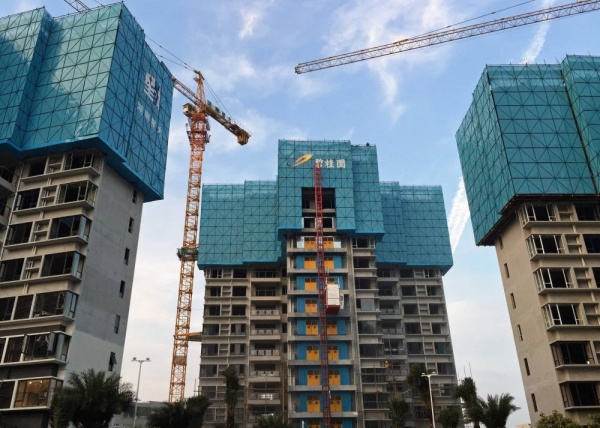
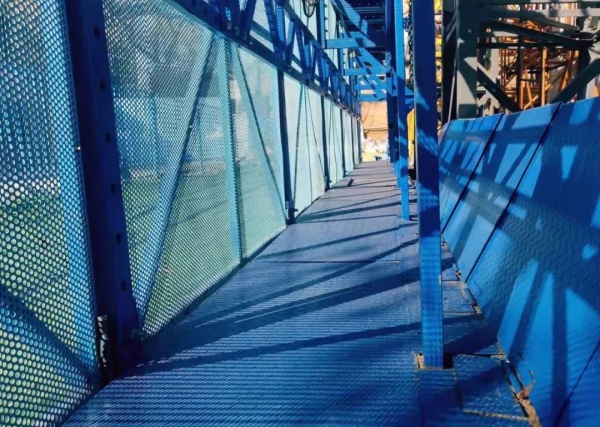
四、Advantages compared with traditional scaffolding
Project Climbing frame Traditional scaffolding
Installation method Overall or piecewise climbing Layer-by-layer erection
Construction efficiency High Low
Safety High (equipped with anti-falling device) Low (relying on manual erection)
Applicable height High-rise buildings (above 50 meters) Medium and low-rise buildings
Economical High initial cost, but low long-term use cost Low initial cost, but high long-term use cost
Environmental protection High (reusable, reducing waste) Low (more material waste)
Summary: The climbing frame achieves overall climbing through the lifting device and the guide rail system, which is efficient, safe, and economical, and is particularly suitable for high-rise building construction. Its working principle relies on hydraulic, electric or manual systems, combined with anti-falling devices and control systems to ensure the safety and stability of the construction process.
